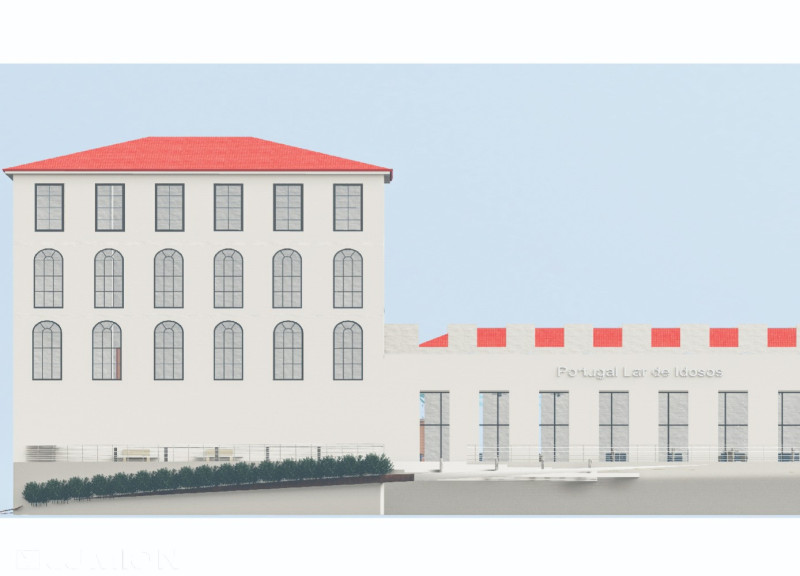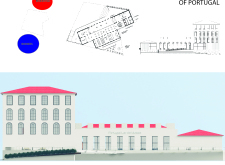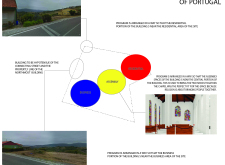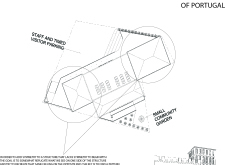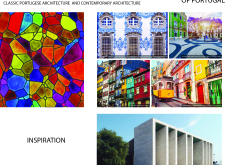5 key facts about this project
## Project Overview
Located in the scenic region of Portugal, the facility is designed to accommodate the elderly population, incorporating residential, business, and assembly spaces. The intent is to provide a comprehensive environment that balances traditional Portuguese architectural elements with contemporary design strategies. The project aims to enhance comfort, safety, and community interaction, responding to the needs of its users while integrating effectively into the surrounding landscape.
### Space Organization and Accessibility
The design strategically organizes the facility into distinct zones—residential, business, and assembly—each with specific functionalities. The residential zone, oriented towards family access, includes individual living quarters, communal spaces, and gardens that foster a homely atmosphere. The business zone is positioned to streamline care-related operations, while assembly spaces, including a chapel, are centrally located to encourage social engagement and community interaction. The logical flow between these zones enhances usability, ensuring residents can navigate the spaces comfortably and efficiently.
### Material Selection and Cultural Relevance
Materiality plays a vital role in establishing both the aesthetic and functional qualities of the facility. Key materials include durable brick for structural elements, concrete for robust construction, and glass to facilitate natural light and outdoor connections. Interior finishes utilize warm wood, promoting comfort, while decorative ceramic tiles reflect traditional Portuguese design. The incorporation of stained glass and azulejos not only enhances visual appeal but also honors the cultural heritage of the region, reinforcing the building’s connection to its historical context.
The design integrates a community garden that serves as a therapeutic landscape, fostering interaction among residents and their families. Additionally, a symmetrical design approach ensures visual cohesion while addressing functional requirements, ultimately creating an environment that promotes stability and reassurance for its residents. Through careful site orientation and contextual responsiveness, the facility harmonizes with its surroundings, contributing to the character of the locale.


